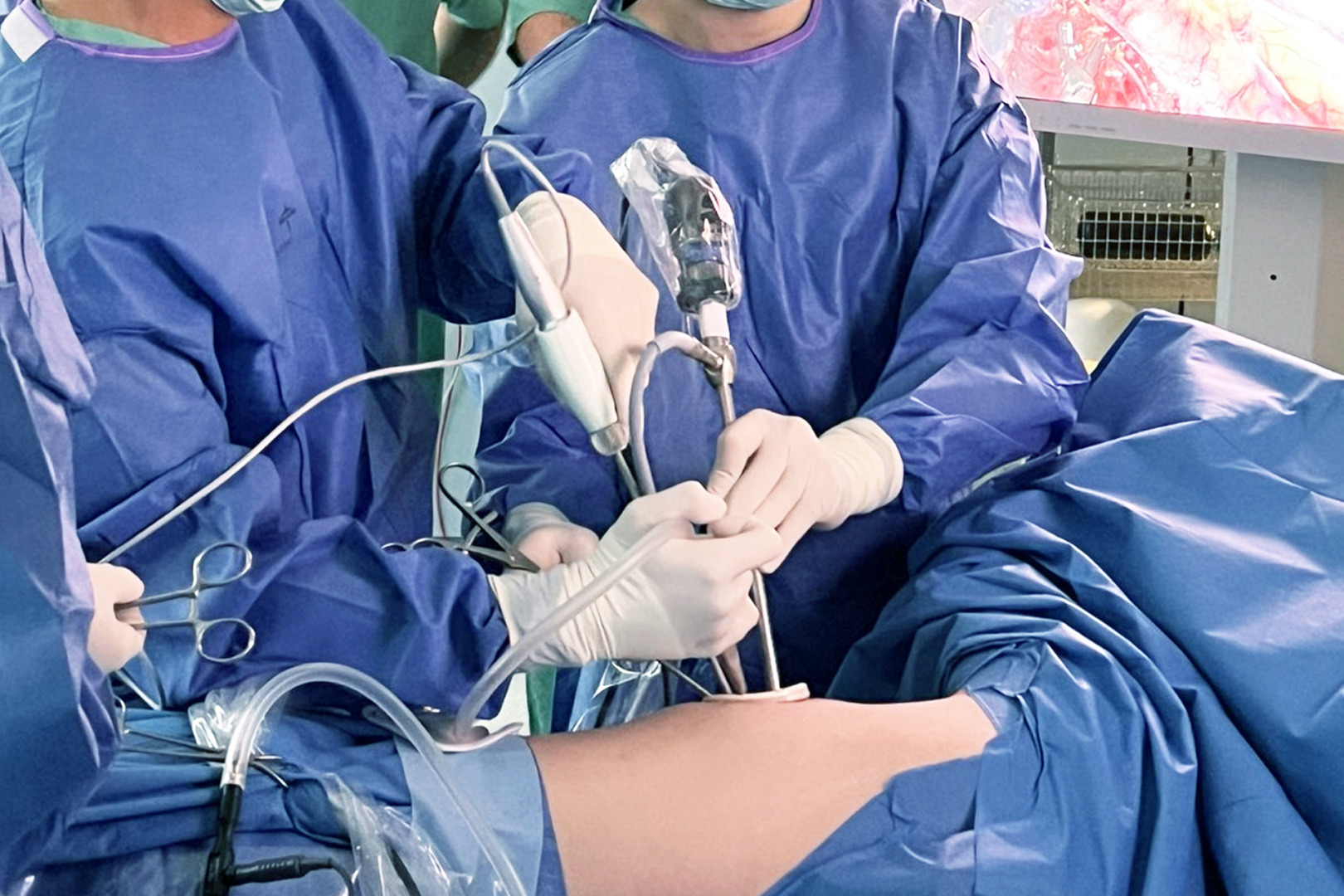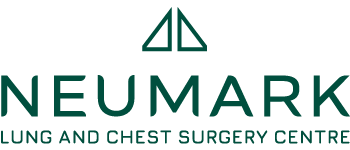Lung cancer remains one of the most prevalent and deadly forms of cancer worldwide. As medical technology advances, surgical techniques for treating lung cancer continue to evolve, focusing on minimising invasiveness while maximising effectiveness. One such innovative approach is Uniportal Video-Assisted Thoracic Surgery (U-VATS), which has gained significant traction recently as a treatment option for lung cancer.
The principle behind U-VATS is deceptively simple, yet its execution demands a high level of surgical skill and expertise. This technique, which involves performing complex thoracic procedures through a single small incision, typically 3-5 cm in length, has redefined the approach to lung cancer surgery. A high-definition camera and specially designed articulating instruments are introduced through this single port, allowing doctors to navigate the thoracic cavity with remarkable precision. The benefits of this approach are multifaceted.
Less postoperative pain, benefits oncological outcomes
With U-VATS, patients experience significantly less postoperative pain, shorter hospital stays, and a quicker return to their daily activities. From a cosmetic standpoint, the single small incision results in minimal scarring, an aspect that shouldn’t be underestimated in terms of psychological recovery.

Numerous studies have shown comparable oncological outcomes between minimally invasive techniques and open thoracotomy for early-stage lung cancers. Surgeons can perform complete anatomical resections, whether wedge resection, segmentectomy, or full lobectomy, along with thorough lymph node dissection — all critical components in the surgical management of lung cancer.
The development of articulating instruments, 3D visualisation systems, and advanced energy devices has greatly enhanced a surgeon’s capability to perform complex procedures through a single port.
Patient selection for the procedure
Patient selection for U-VATS is crucial and requires careful consideration. While the indications for this approach have expanded over the years, not all lung cancer patients are suitable candidates. Factors such as tumour size and location, previous thoracic surgeries, and the patient’s overall health status play a vital role in determining the appropriateness of U-VATS.

“In my practice, I’ve found that a thorough preoperative assessment, including high-resolution CT scans and, when necessary, PET-CT imaging, is essential for proper patient selection and surgical planning”, says Dr Harish Mithiran, director of Neumark Lung & Chest Surgery Centre.
The postoperative course for U-VATS patients is often remarkably smooth. Patients ambulate within hours of surgery, with chest tubes often removed on the first or second postoperative day. The reduced surgical trauma translates to better preserved pulmonary function, particularly crucial for patients with limited respiratory reserve. This faster recovery improves the patient experience and allows for earlier initiation of adjuvant therapies when indicated, potentially impacting overall cancer treatment outcomes.
Uniportal Video-Assisted Thoracic Surgery (U-VATS) represents a significant advancement in lung cancer with surgery. It offers the potential for excellent oncological outcomes with reduced surgical morbidity.
If you have recently been diagnosed with lung cancer and would like to schedule a consultation with Dr Mithiran to discuss whether U-VATS is right for you, contact Neumark Lung & Chest Surgery Centre today.

